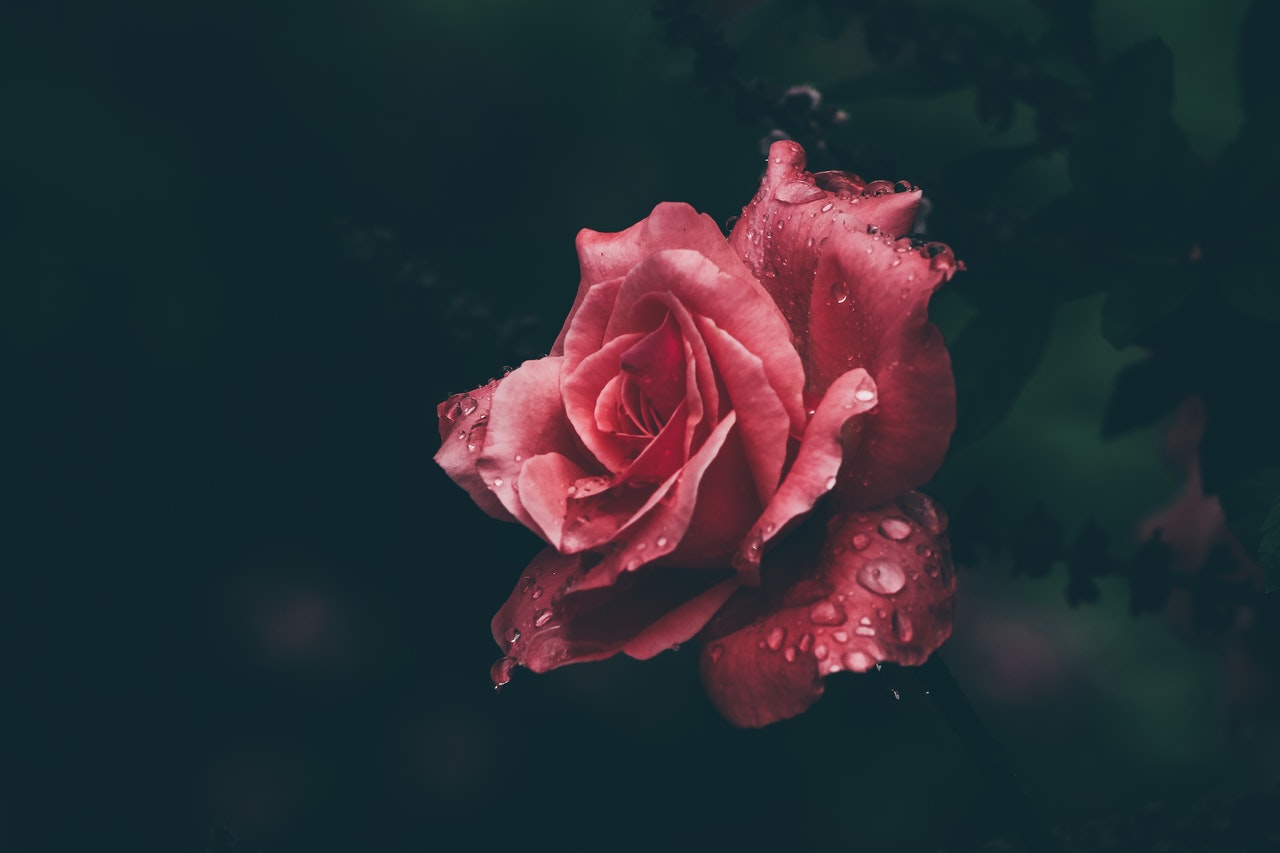Saigon-based French-South African contemporary artist Olivia Marty captures the everyday nuances of Vietnamese life in the ‘20s and early ‘70s by superimposing vintage photographs of the country’s denizens, and then projecting these portraits onto walls of old houses and abandoned buildings in her latest exhibition recOllectiOn.
Here, she tells us more her inspiration, how she blends photography, architectural elements and street art in her work and why Vietnamese history played an important role in the creative process.
The title of your exhibition is recOllectiOn. Is there significance to the way it’s titled?
Absolutely. Remembrance and memory were among the essential themes during the research phase I had carried out for Project “recOllectiOn”, which started in 2010 for me as a new interpretation and treatment of the photographic space. When people look at my “recollection” prints, they can see these testimonial objects as points of memory -points of intersection between past and present, between personal and cultural recollection- to enable them to consider crucial questions such as how the past comes down to us in the present.
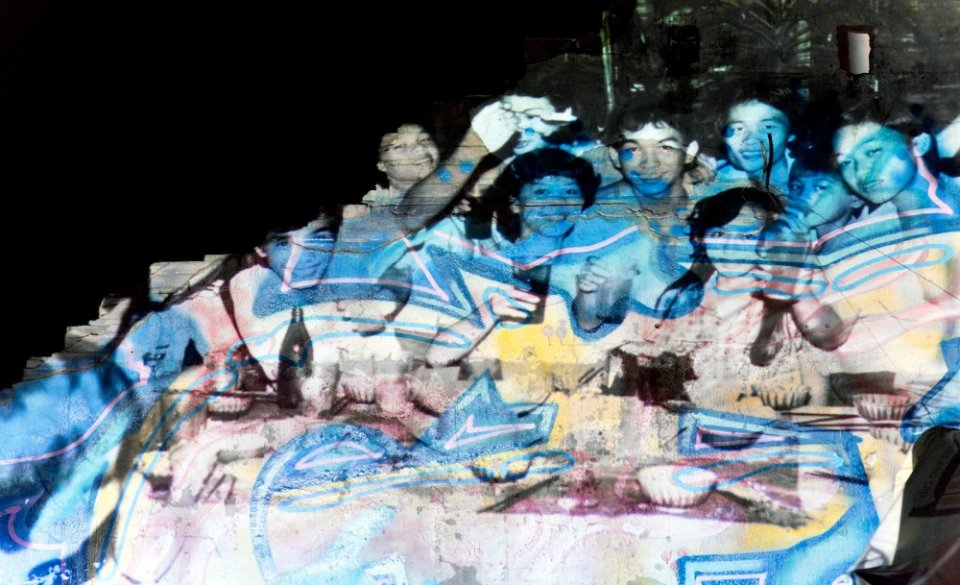
Hell No, We Won’t Go!
Why juxtapose vintage photographs with architecture?
One of my purposes is to blend architectural details and street art with emotions—the emotions behind those Vietnamese diasporic family photographs. Architecture and conceptual photography are two of my passions: both are intimately based on how I’d like to show viewers what I feel about the world I see. The Saigon urban environment is rich and diverse: the buildings and other places that I photograph can be both subjects and settings.
I hope that my photographic projections of the city act as an X-ray: not revealing the inner structure of walls, but the lives of those who used to laugh, suffer and die between them. Projected on those walls, these people from the past are the ghosts of the modern city, reclaiming their right to be remembered: they hold a mirror to the living, reminding them that it is them that are projected against these walls, in another dimension of time.
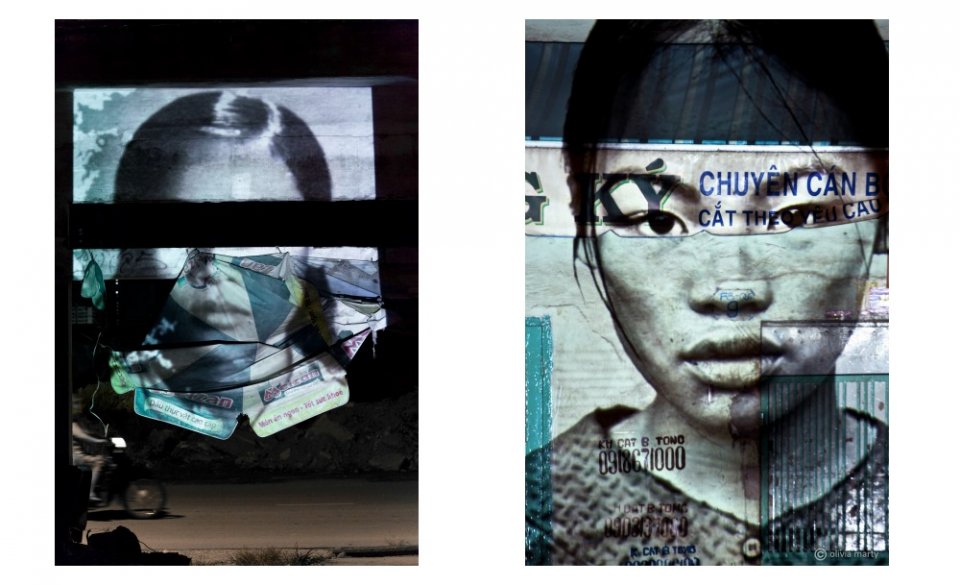 Left: Devastating Fields, Right: Les Cicatrices de la Nation
Left: Devastating Fields, Right: Les Cicatrices de la NationWhat was it about Vietnam and its history that sparked the process for this exhibition?
In March and April 1975, during the chaotic last weeks of the Vietnam War, the North Vietnamese “Việt Cộng” Army closes in on Saigon as the South Vietnamese people are trying to escape in panic. At that time, they sent overseas their boxes of photos and personal effects -most still yearn today for those shipments that never arrived. Others had to leave everything (as that was the case for my husband’s family), in some cases to make room for much more needed resources such as food or jewelry or money.
Some even committed the “unforgivable” act of burning their family photographs reducing therefore generations and memories to ashes by fear that the “Việt Cộng” would see those as incriminating evidence of collaboration with the Americans—or the French before them—and loyalty to the defeated Republic of Vietnam.
Some of your pieces have a common background, how did you decide on the places you were going to feature?
The research for the shooting locations can be time-consuming, it mainly involves me riding my moped around town looking for sometimes fantastic locations, then on some other occasions I just knew that a place is so intriguing that I hoped the photographic rendering could be great.
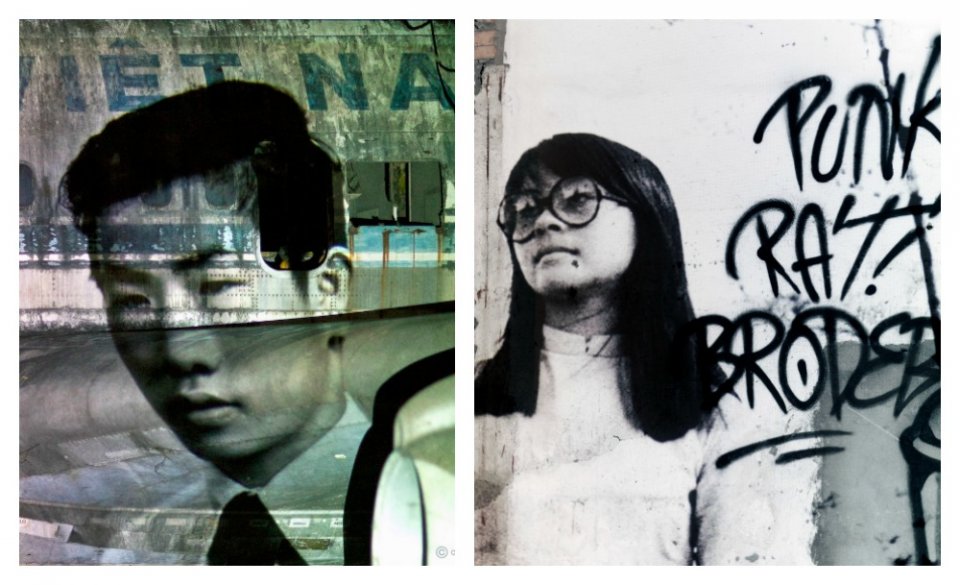 Left: VN-A304, Right:The Silent Protest
Left: VN-A304, Right:The Silent Protest
Could you tell us more on how you came across these vintage photos that were used?
When I started collecting those vintage photographs, I immediately knew that I wanted and needed to create work with those. At present, one can barely find these in Vietnam but at that time I was able to collect the few that were available from certain local markets and antique/book shops. These vintage images offer us a glimpse into another Vietnam—an era of relative peace when the Vietnamese went to parties and weddings or on holiday, when they wore the latest Western fashion.
Would you say that your background in France had an influence on your collection?
Yes, but not entirely: I am half French and half South-African. I would say that two things had particular influence on my “recOllectiOn” work. First, I trained and practiced as an architect, therefore I also wanted my work to be in connection with Saigon’s multifaceted urban areas and the city’s architecture and space. It is virtually impossible to separate the city from its inhabitants. Then, I also wanted to focus on Vietnam’s past and present: the diaspora and refugees history is very inspiring (my husband is French-Vietnamese, and he and his family are former Vietnamese political refugees).
What resonance do you think this collection could have for viewers in Singapore?
It deals with identity, memory, intersection between past and present, and I hope that viewers would simply appreciate the standalone aesthetics of these ” recOllectiOn” prints.
(In an international context) My project “recollection” also has a particular resonance to the disastrous European migrants and refugees crisis. The long journey of the diaspora people has unfortunately not ended.
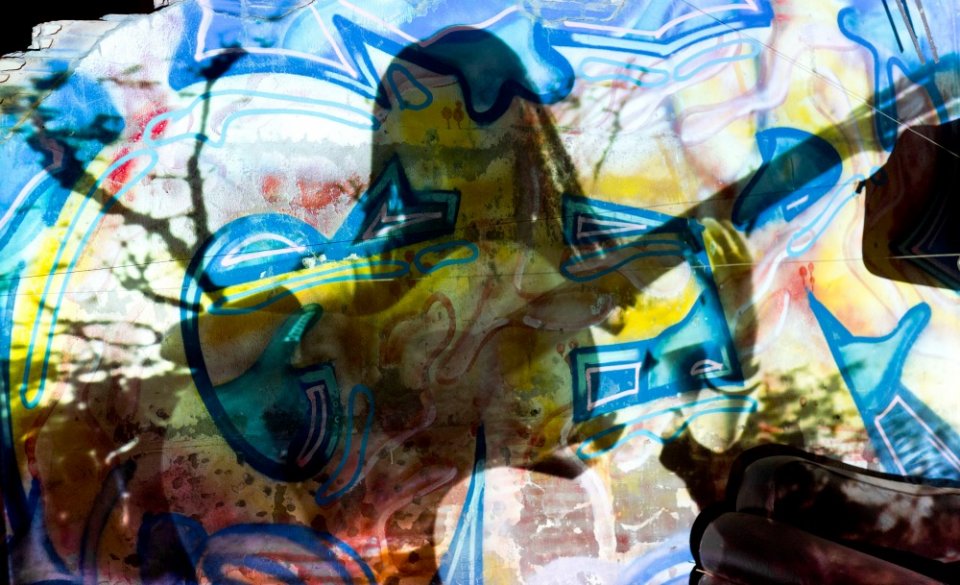
Hey, Hey, LBJ, How Many Kids Did You Kill Today?
Catch Olivia Marty’s exhibition recOllectiOn on from Jun 2 till Jul 19 at the Visionairs Gallery Asia, Capitol Piazza’s newly opened art space. Find out more about the artist here.



